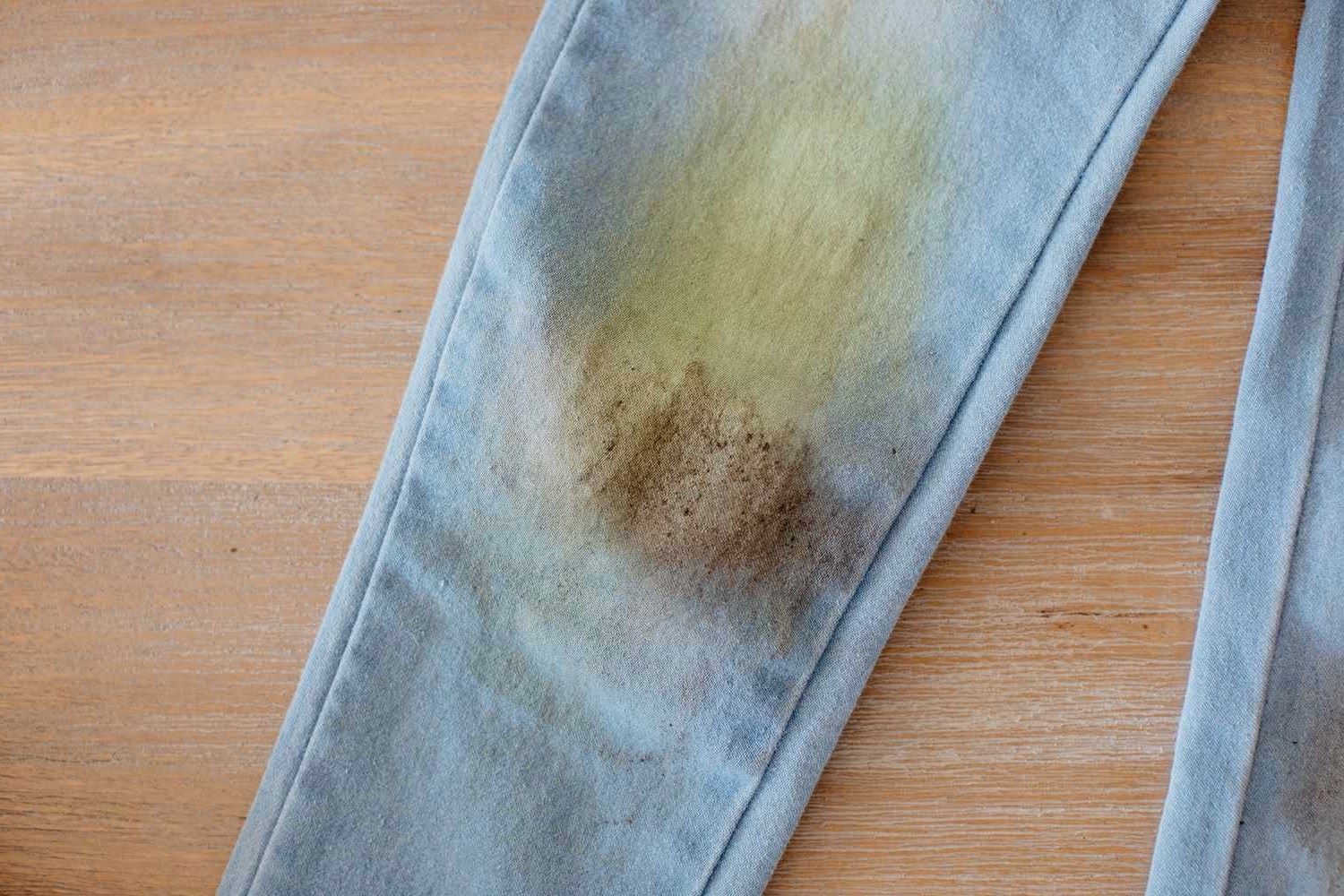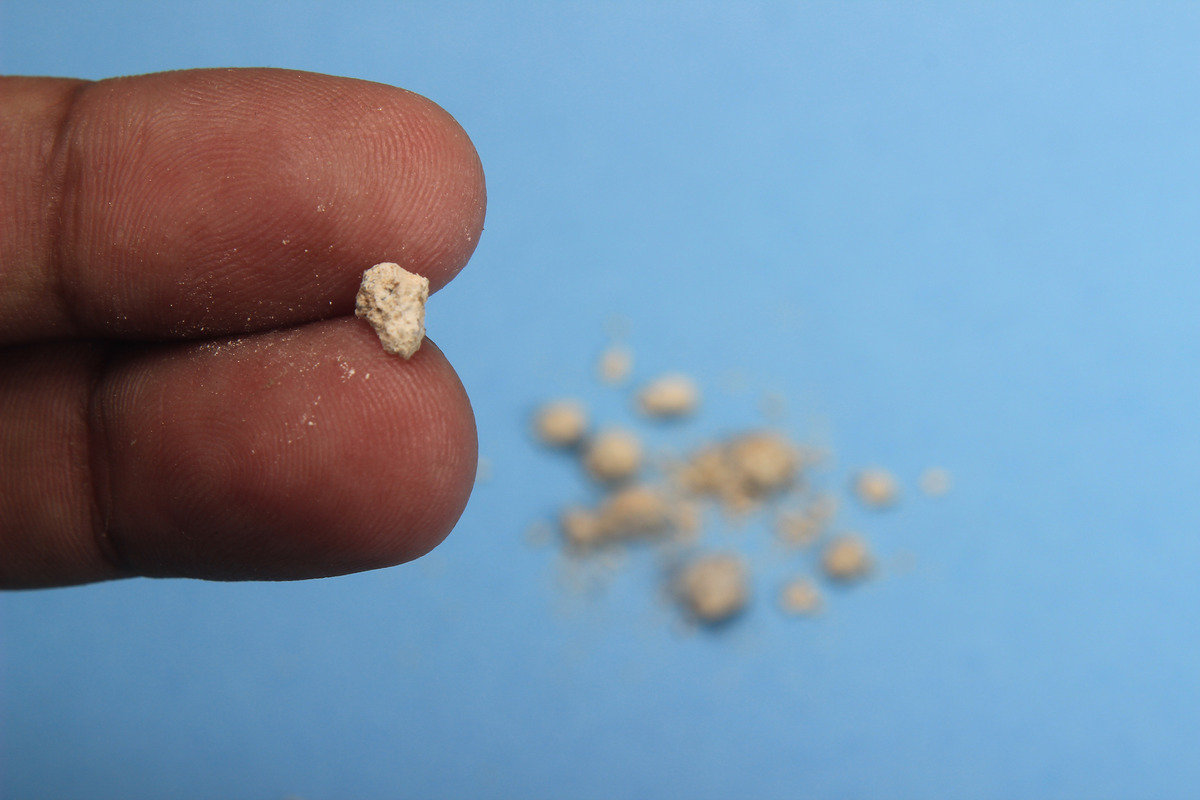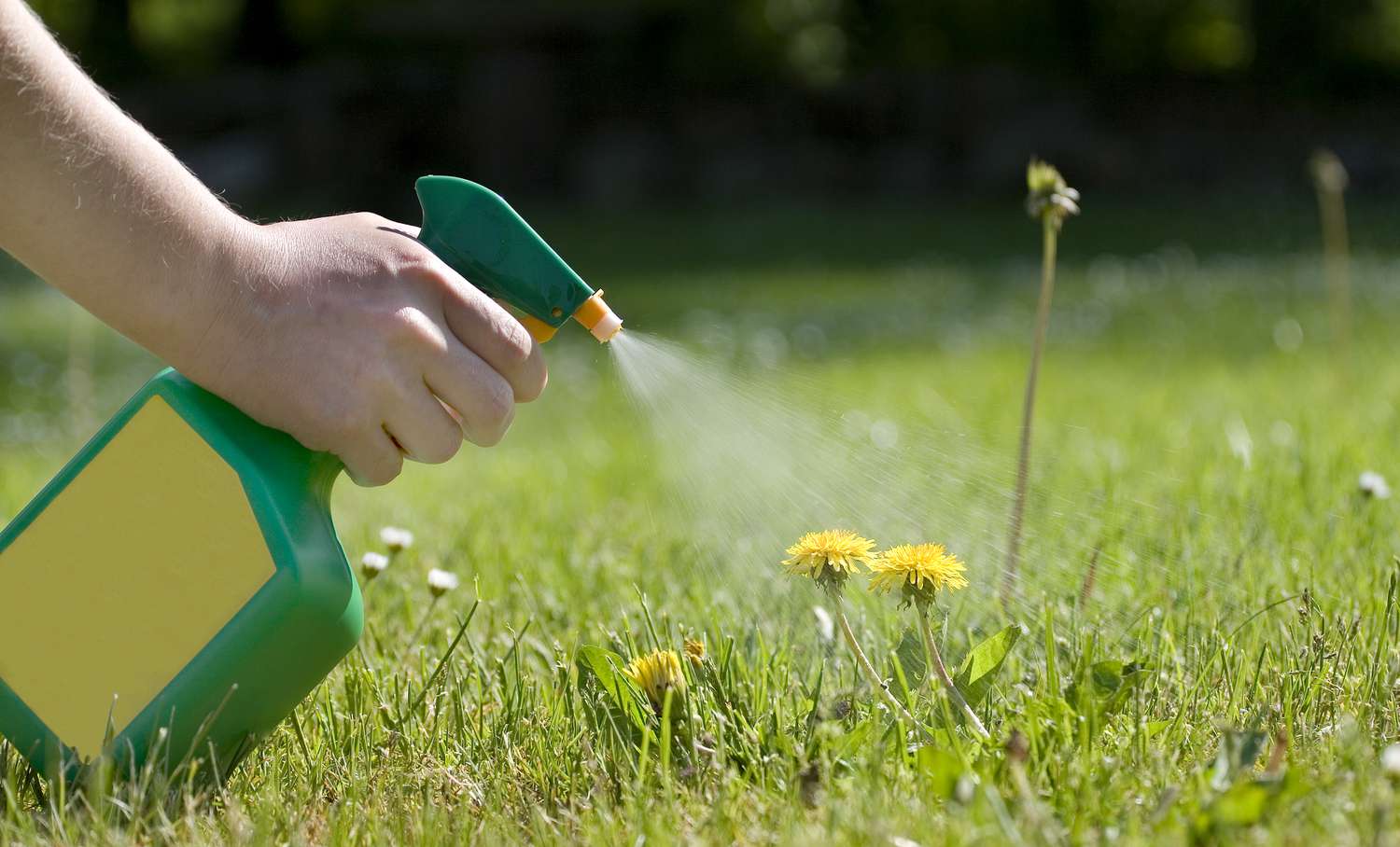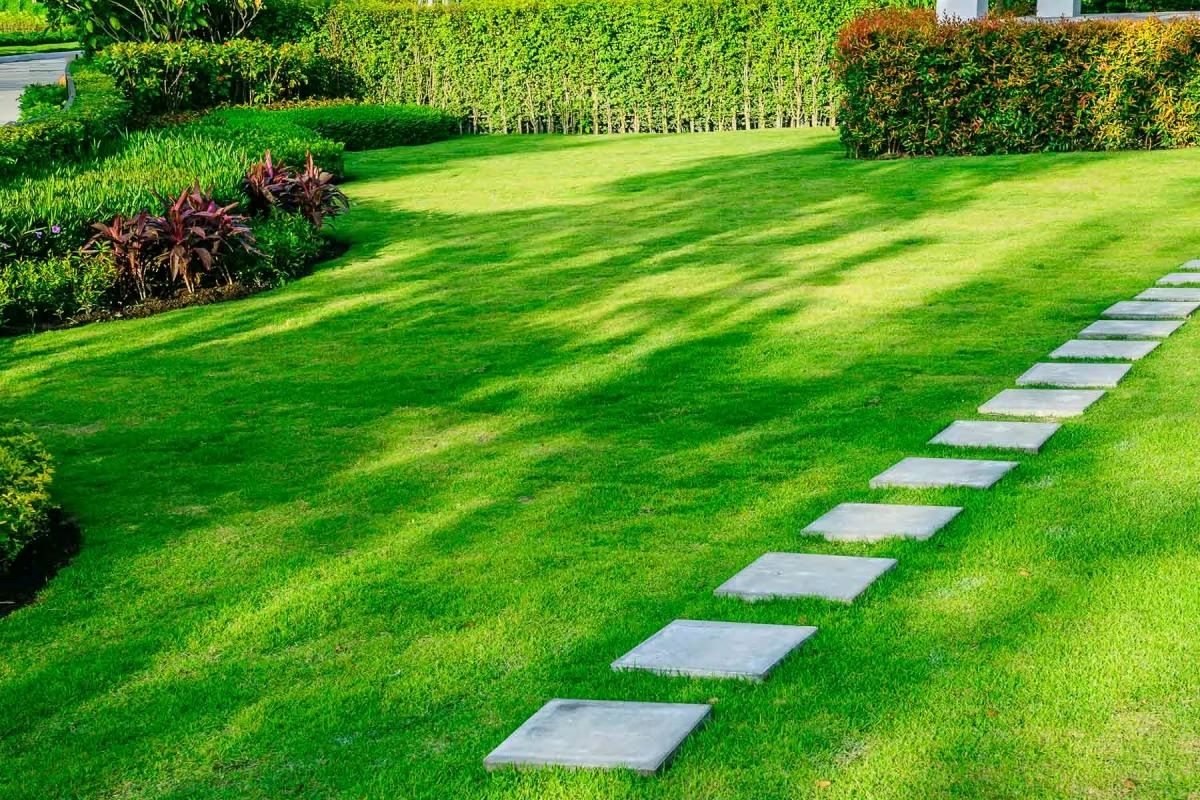Home>Sports>Debunking the Myth: How Wimbledon’s Grass Courts Maintain Their Speed
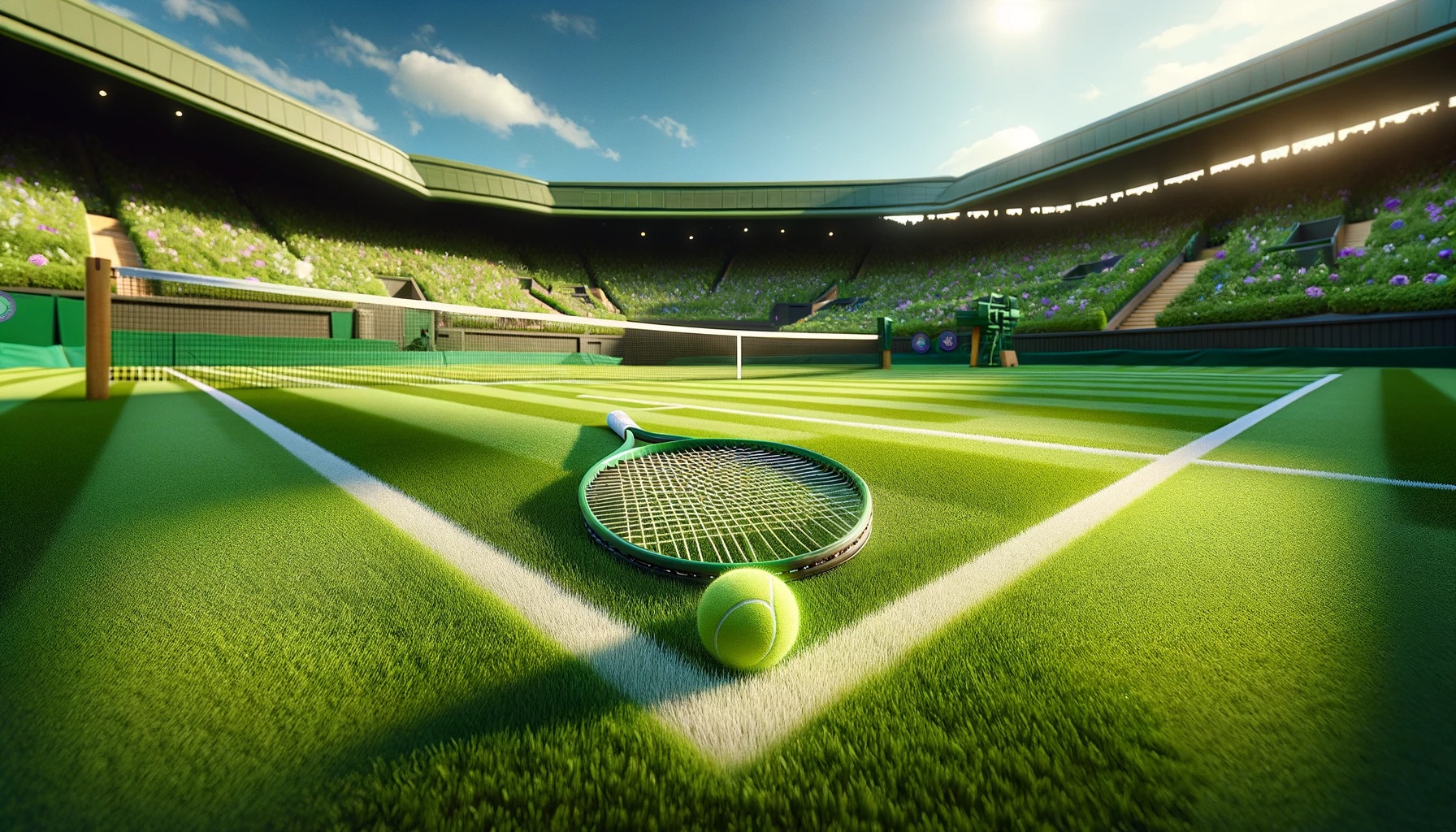
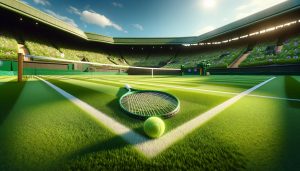
Sports
Debunking the Myth: How Wimbledon’s Grass Courts Maintain Their Speed
Published: January 19, 2024
Explore the truth behind Wimbledon's grass courts' speed, debunking myths with scientific evidence and player insights.
(Many of the links in this article redirect to a specific reviewed product. Your purchase of these products through affiliate links helps to generate commission for Noodls.com, at no extra cost. Learn more)
Wimbledon, the epitome of tennis grandeur, has long been shrouded in myths and misconceptions, particularly regarding the speed of its grass courts. Contrary to popular belief, these hallowed courts have consistently maintained their historical reputation for fast play. In this article, we delve into the facts and figures that dispel the myths and highlight how Wimbledon’s grass courts continue to challenge the world’s best with their swift nature.
The Origin of the Myth
- Grass Courts and Their Perceived Slowness: Over the years, a narrative has emerged suggesting that grass courts, especially those at Wimbledon, have slowed down. This belief stems partly from changes in play styles and advancements in tennis technology.
- Comparative Analysis with Other Surfaces: Misconceptions often arise when comparing grass to clay or hard courts, without considering the unique characteristics that inherently make grass faster.
Read more: The Myth Of Perfection: Debunked!
Wimbledon’s Grass: A Scientific Perspective
- Composition and Maintenance: The grass at Wimbledon is a carefully selected mix, predominantly comprising perennial ryegrass. This choice is crucial for durability and speed. Regular overseeding, precise mowing, and optimal watering contribute to maintaining the court’s fast conditions.
-
Technological Evolution in Court Care: Just like the evolution of tennis venues from traditional courts to high-tech arenas, so too has the care of Wimbledon’s grass. State-of-the-art drainage systems and innovative soil stabilizers are integral to this evolution, ensuring that even in adverse weather conditions, the courts remain resolutely firm and swift. This fusion of technology with tradition is a testament to Wimbledon’s commitment to maintaining its rapid play while embracing the future of tennis venues.
Statistical Evidence: Speeds That Speak
- Bounce and Spin Data: Studies have shown that the ball’s bounce on Wimbledon’s grass is lower and quicker compared to other surfaces. The reduced spin response further contributes to the speed.
- Match Timing and Rally Lengths: Analyzing the duration of matches and average rally lengths at Wimbledon over the years, data indicates that the courts have consistently favored fast, aggressive play.
-
Tennis Balls and Environmental Factors: The speed of tennis balls at Wimbledon, just like understanding why the dryer takes forever to dry, is significantly influenced by environmental conditions. External factors such as humidity, temperature, and air density are akin to vent blockages or overloading issues in dryers, impacting performance. This intricate interplay between environmental factors and equipment efficiency not only mirrors common household appliance challenges but also highlights the remarkable adaptability and resilience of Wimbledon’s courts in maintaining their speed.
The Player’s Experience
- Interviews with Tennis Legends: Many tennis greats, both past and present, have attested to the speed of Wimbledon’s grass. Their experiences and match strategies reflect the need for quick reflexes and a strong serve-and-volley game.
- Adaptation to the Surface: Players often discuss the need to adjust their game when transitioning to Wimbledon’s grass, highlighting the distinct speed and play style required.
The Future of Wimbledon’s Grass Courts
- Continued Innovation and Preservation: Wimbledon’s commitment to preserving the speed of its grass courts is evident in its ongoing investment in research and development.
- Balancing Tradition and Modernity: While embracing technological advancements, Wimbledon also holds firm to its heritage, ensuring that the essence of grass-court tennis remains intact.
Read more: How To Stripe Grass
Conclusion
In conclusion, the myth of Wimbledon’s grass courts losing their speed is just that – a myth. Armed with scientific evidence, player testimonies, and statistical data, it’s clear that these iconic courts continue to uphold their legacy of fast-paced, exhilarating tennis. Wimbledon remains a testament to the unique challenges and thrills of grass-court tennis, standing as a beacon for the sport’s rich history and dynamic future.
